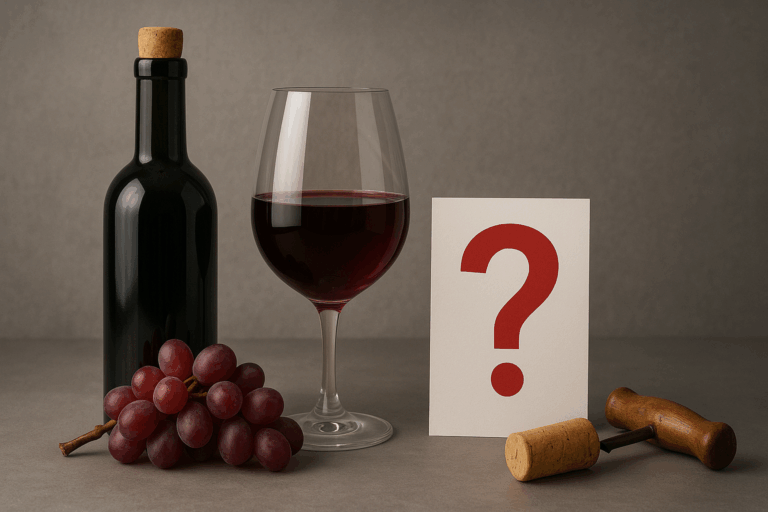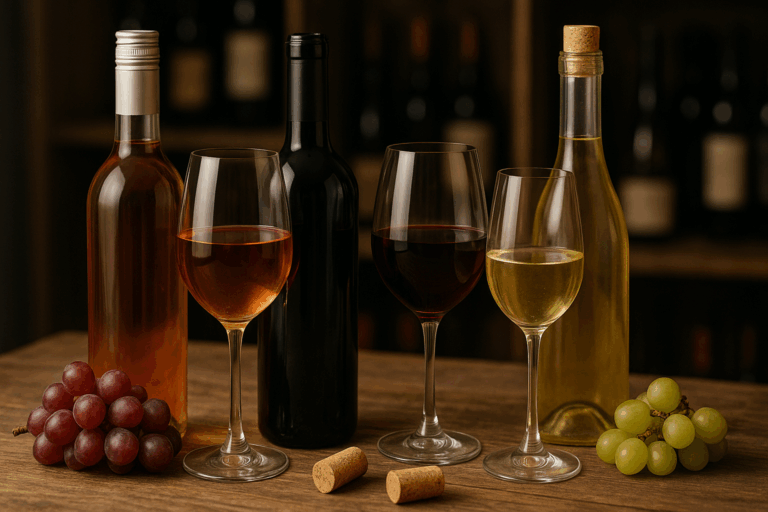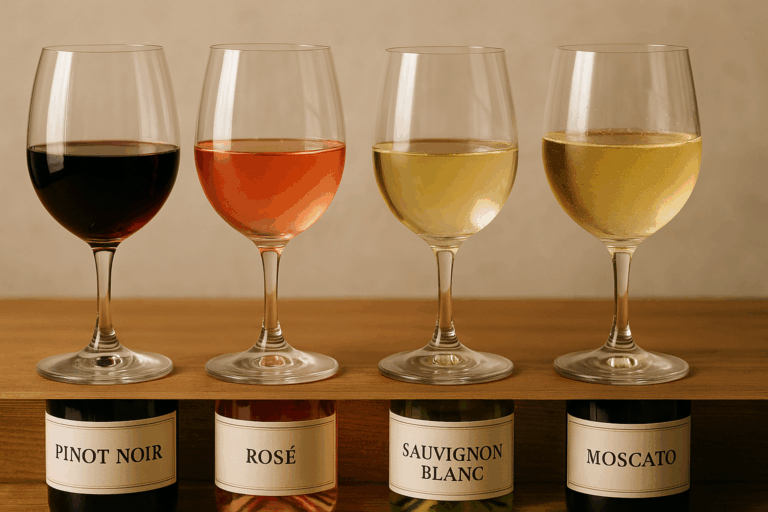Understanding Wine Labels: What You Really Need to Know
If you’ve ever stood in front of a wine shelf and felt lost reading the label, you’re not alone. Wine labels can be confusing, especially for beginners — filled with foreign terms, vintage years, and flowery descriptions. But once you know what to look for, they become an incredibly useful tool for choosing the right bottle.
This guide will teach you how to decode wine labels so you can shop with confidence and avoid unpleasant surprises.
Why Wine Labels Matter
A wine label contains key information about what’s inside the bottle — where it’s from, what it’s made of, and what it might taste like. It’s like a summary of the wine’s identity. The label gives clues about the style, quality, and origin, helping you make an informed choice.
Front Label vs Back Label
Most bottles include both a front label and a back label.
- Front label: Focuses on the name, grape variety, region, and producer.
- Back label: Often includes a description, tasting notes, food pairings, and import information.
Let’s break down what each element means.
Key Elements on a Wine Label
1. Producer or Winery Name
This is who made the wine. It might be a large commercial brand or a small family estate. Some names carry prestige, especially in regions like France or Italy.
Example: Robert Mondavi, Antinori, Château Margaux
2. Wine Type or Grape Variety
This tells you what kind of grape was used. In New World wines (like from the U.S., Australia, or Chile), this is usually front and center.
Examples: Cabernet Sauvignon, Chardonnay, Pinot Noir
In Old World wines (like from France, Italy, or Spain), the label often lists the region instead of the grape, assuming you know what grapes grow there.
3. Vintage Year
This is the year the grapes were harvested, not bottled. Weather conditions in that year can affect the flavor. Some wines (especially reds) improve with age, while others are best when young.
Example: A 2021 vintage was harvested in 2021 and likely bottled in 2022.
4. Region or Appellation
Where the grapes were grown. This greatly influences the taste. The more specific the region, the more controlled the wine standards often are.
- Broad: California, Australia, South Africa
- Specific: Napa Valley, Tuscany, Rioja, Bordeaux
In Europe, a protected designation (like AOC, DOC, or DO) means strict rules were followed in production.
5. Alcohol Content (ABV)
Usually written as a percentage (e.g., 13.5% ABV). This tells you how strong the wine is. Wines with higher alcohol often feel fuller in body.
- Light-bodied: 11–12%
- Medium: 12.5–13.5%
- Full-bodied: 14%+
6. Volume
Standard bottles are 750ml. You may also see half bottles (375ml) or magnums (1.5L).
7. Classification (Optional)
Some countries classify wines based on quality or aging:
- Reserva, Gran Reserva (Spain) – aged longer
- Premier Cru, Grand Cru (France) – higher quality
- Classico, Superiore (Italy) – from the original, superior zone
8. Sustainability or Organic Certifications
Modern labels often include seals indicating organic, biodynamic, or sustainable farming practices.
Examples: USDA Organic, Demeter, Sustainable Winegrowing
9. Tasting Notes and Pairings (Back Label)
Helpful, especially in New World wines. It might describe the wine’s body, flavor, and what foods to pair with it.
Example: “This medium-bodied Merlot offers notes of cherry, cocoa, and vanilla. Pair with pasta, roast beef, or grilled vegetables.”
Common Terms You Might See
- Estate Bottled: The wine was made and bottled at the same place the grapes were grown.
- Old Vines (Vieilles Vignes / Viñas Viejas): Grapes from older vines, often with more concentrated flavor.
- Barrel-Aged / Oak-Aged: Indicates the wine was matured in oak barrels, adding vanilla or smoky notes.
- Unfiltered / Natural: Wines with minimal intervention, often cloudy and more rustic.
Tips for Reading Labels in Different Countries
United States, Australia, Chile
Look for the grape name (e.g., Syrah, Zinfandel) and region (Sonoma, Barossa Valley). Easy to understand, often beginner-friendly.
France
Focus is on the region, not the grape. For example:
- Burgundy = Pinot Noir or Chardonnay
- Bordeaux = Cabernet Sauvignon or Merlot blends
- Sancerre = Sauvignon Blanc
Italy
Labels include DOC/DOCG classifications and region-based names:
- Chianti (mostly Sangiovese)
- Barolo (Nebbiolo grape)
- Soave (Garganega grape)
Spain
Look for Rioja, Ribera del Duero, or Rías Baixas. Labels might show “Crianza,” “Reserva,” or “Gran Reserva” to indicate aging.
Don’t Be Fooled by Fancy Labels
A pretty label doesn’t always mean better wine. And a plain label doesn’t mean it’s bad. Focus on what’s inside — the grape, region, and vintage.
When in doubt, scan the label with a wine app like Vivino to read reviews and ratings instantly.
Final Thought: Practice Makes Perfect
The more you read wine labels and try different bottles, the easier it gets. Over time, you’ll recognize which producers and regions you like. Trust your taste, keep exploring, and let the label guide you — not intimidate you.






